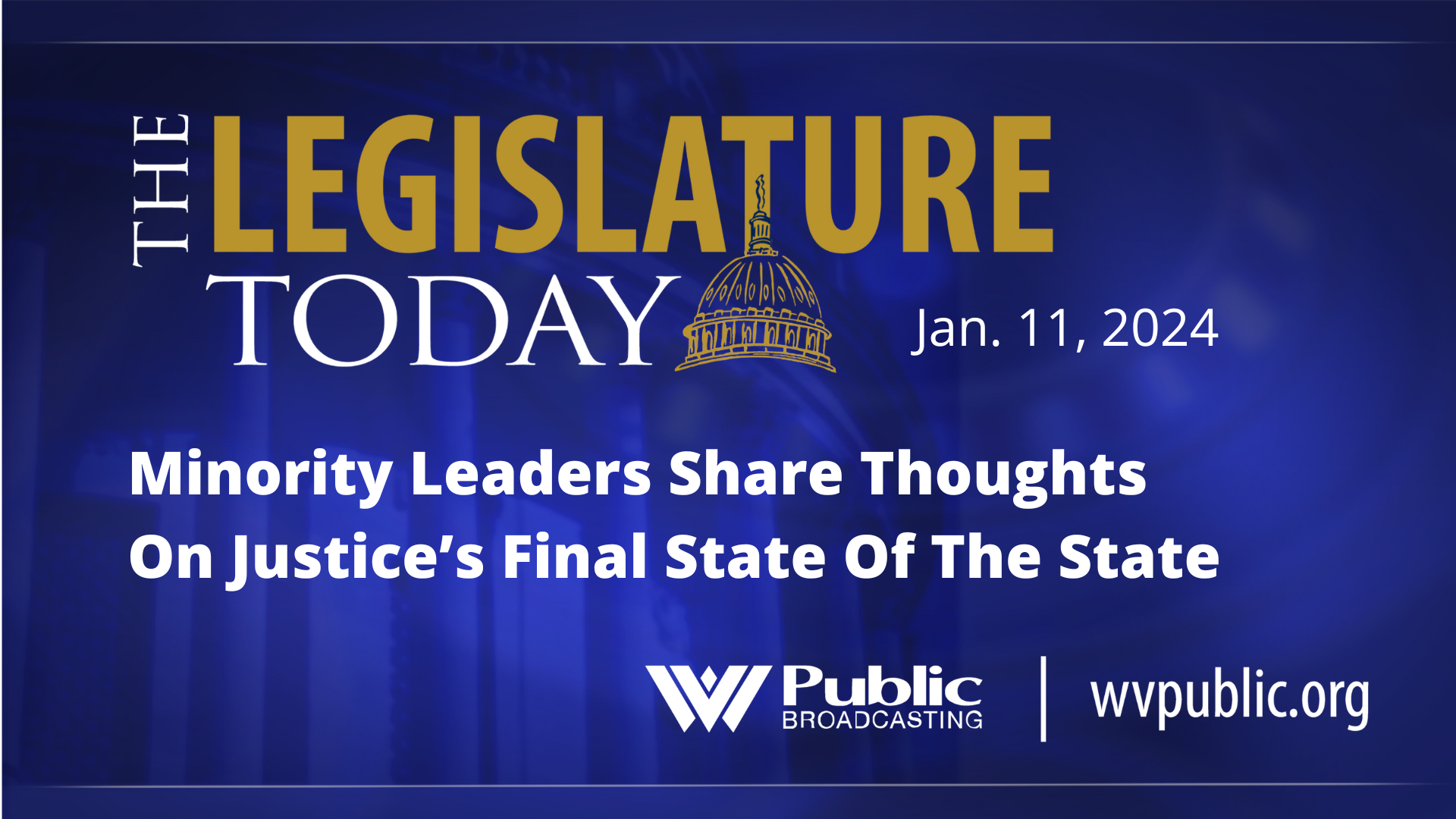The region’s Federal Reserve Bank president is touring West Virginia to learn about and comment on the economic progress and challenges facing the state.
The region’s Federal Reserve Bank president is touring West Virginia to learn about and comment on the economic progress and challenges facing the state.
Federal Reserve Bank of Richmond President Tom Barkin’s region covers Washington, D.C. and five states, including most of West Virginia. He also serves on the Fed’s chief monetary policy board.
Barkin began his West Virginia visit in Huntington. He spent his first day talking with business owners large and small, as well as people across the economic spectrum. His second day of the Huntington tour began with a question and answer session with the Huntington Chamber of Commerce.
Barkin said the Fed’s decision to continue to raise interest rates in an effort to lower demand thus lowering prices was the best way to bring inflation back to a manageable level. He compared the nation’s economic recovery after a global pandemic to recovering after a world war.
“When a war ends, it’s really hard for an economy to return back to normal,” Barkin said. ”There’s often a fiscal hangover, soldiers need retraining, plants need to restart and supply chains are fragile. And amidst all this adjustment, if you win the war, your consumers spend euphorically. And so as a result, at the end of a war, typically inflation spikes.”
Barkin said he sees more economic growth in the state than in the past few years. He said there is a national competition among small towns like Huntington and Charleston, in terms of attracting people and workers. He said developing broadband and creating housing for expected workers at new businesses like the NUCOR plant are two of several competitive economic advancement elements.
“As the cost of construction goes up, and as people attract workers, this question of building and making available enough housing for workers becomes a very big issue in this competition among cities,” Barkin said.
He said when you take the neighboring states’ large, metropolitan cities out of the equation, West Virginia’s lagging labor force participation numbers more closely align with the region. He said getting more eligible workers back to work here includes creating more stable and better paying jobs while improving education across the board.
“A good example would be disability,” Barkin said. “Disabilities actually came down into and through COVID-19. ”If you’re on disability, one of the trade-offs you make when you return to the workforce is the compensation and health benefits you’re going to get in your job over time, versus a package that might be less money but bridges you through to Medicare and Medicaid.”
Barkin said supply chain issues are on a slow road to a complicated fix. He said before the pandemic, companies built their supply chains for efficiency, not resiliency.
“I was with an auto manufacturer in South Carolina,” Barkin said. “It turns out that they make their drive trains in Germany, then ship them to South Carolina, then assemble their cars and they ship the car to China. That may have been efficient because of whatever economies of scale here and in Germany, but in the world that we’re living in today, do you feel like that’s how you design an automotive supply chain? I don’t think so.”
Barkin will continue his economic fact-finding and discussion tour in Charleson, and then visit other towns and cities throughout West Virginia.
